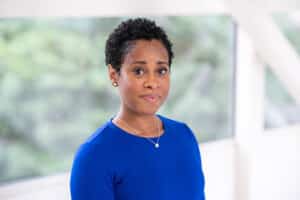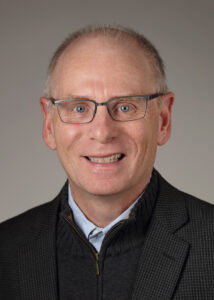American Cancer Society states we will likely see about 609,820 deaths as a result of cancer
By Deborah Jeanne Sergeant
In January, the American Cancer Society published its annual cancer outlook statistics.
Among the findings, the society stated that in 2023, 1,958,310 new cancer cases and 609,820 cancer deaths are projected to occur in the United States.
Other findings include:
• Prostate cancer increased by 3% annually from 2014-2019 after declining for two decades, which means 99,000 new cases.
• Lung cancer in women decreased at one-half the pace of men, 1.1% vs. 2.6% annually between 2015 and 2019.
• Cancers of the breast, uterine, liver and melanoma increased.
• Cervical cancer decreased by 65% between 2012 and 2019 among women in their early 20s.
• The death rate of cancer declined by 1.5% between 2019 and 2020, contributing to an overall 33% reduction since 1991, an estimated 3.8 million deaths averted.
• Cancer is still the second-leading cause of death in the US.
Heredity plays a role in 55-10% of all cancers, according to the National Cancer Institute. Embracing positive health habits can reduce the risk of many kinds of cancer.

“We don’t have a say of our genetic makeup, but find out your family history,” said Nikia Clark, senior manager for the department of community outreach and engagement with Roswell Park Comprehensive Cancer Center. “We have great genetic counseling and testing here at Roswell. Find out if a first-degree relative was diagnosed. It gives you more knowledge that this was running in your family.”
Cancer screenings can prevent cancer from developing in the case of colon cancer because providers can remove polyps before they become cancer. Self-exams and screenings can also catch cancer early, when it is most treatable.
Clark wants people to talk with their physician about when to start screening, as some people with family history of cancer may be advised to start earlier than others. Cancer screenings are available for breast cancer, cervical cancer, lung cancer, colorectal cancer and prostate cancer, among others.
Although a few minutes of sun exposure weekly and vitamin D supplementation can help ensure sufficient vitamin D levels, too much sun exposure raises risk for skin cancer.
“Wear sunscreen, not just in the summer but all year round,” Clark said. “Do not go to tanning beds. Wear hats and sunglasses and clothing that helps.”
Some fabrics provide additional sun protection factor than others, such as rash guard swimwear.
Another important factor in reducing cancer risk is body weight. Excess body weight can contribute to conditions that stress the body, hindering the cells’ ability to repair. In addition, the extra weight is associated with hormone release, which can spur cancer growth.
Clark said that obesity contributes to the risk for pancreatic, breast, colorectal and kidney cancer.
“We stress maintaining a healthy weight through diet and exercise,” Clark said.
Most people should engage in 150 minutes of moderate physical activity or 75 minutes of vigorous activity per week. Moderate activity could include walking, dancing, gardening or biking. Jogging, running, aerobic dance, swimming laps or shoveling snow all represent vigorous activity.
Diet is also vital. Reducing intake of processed, sugary, saturated and trans-fat and salty foods and increasing whole grains, legumes, lean sources of protein, fruits and vegetables “is something you can control,” said Darryl Somayaji, Ph.D., registered nurse and assistant professor, UB School of Nursing and adjunct assistant professor of oncology, cancer screening and survivorship at Roswell Park Comprehensive Cancer Center. “You can try to eat healthfully.”
She recommends eating whole grains and whole fruits and vegetables are rich in fiber.
Somayaji especially wants patients to pay attention to their cancer risk factors as they age.
“As we get older, we’re all at a greater risk to develop cancer,” she said. “The older adult at home without access or who is challenged to get to the grocery store or provider is isolated. How do people get out and get to places without social support? It’s something we need to do for each other.”
Community centers, churches, neighbors and other groups provide resources that can help, such as exercise classes, congregant meals and transportation.

William Dahut, chief scientific officer with the American Cancer Society, said that 42% of cancers are preventable.
“If this was a new drug it would be truly incredible,” Dahut said.
In addition to seeking appropriate screening, exercising and maintaining a healthy weight, he encourages people to eliminate or minimize alcohol.
“Alcohol can cause direct damage to cells and tissues and impact hormone levels increasing the likelihood of cancer,” Dahut said.
Ceasing tobacco use also lowers the risk for many kinds of cancer — not only lung cancer.
“Tobacco is made of thousands of chemicals, including at least 70 that cause cancer,” Dahut said.
The website nysmokefree.com and most healthcare providers offer free tools and resources to support smoking cessation for those who want to quit.
To find resources by ZIP code, visit the site of the American Academy of Family Physicians at https://navigator.aafp.org.

